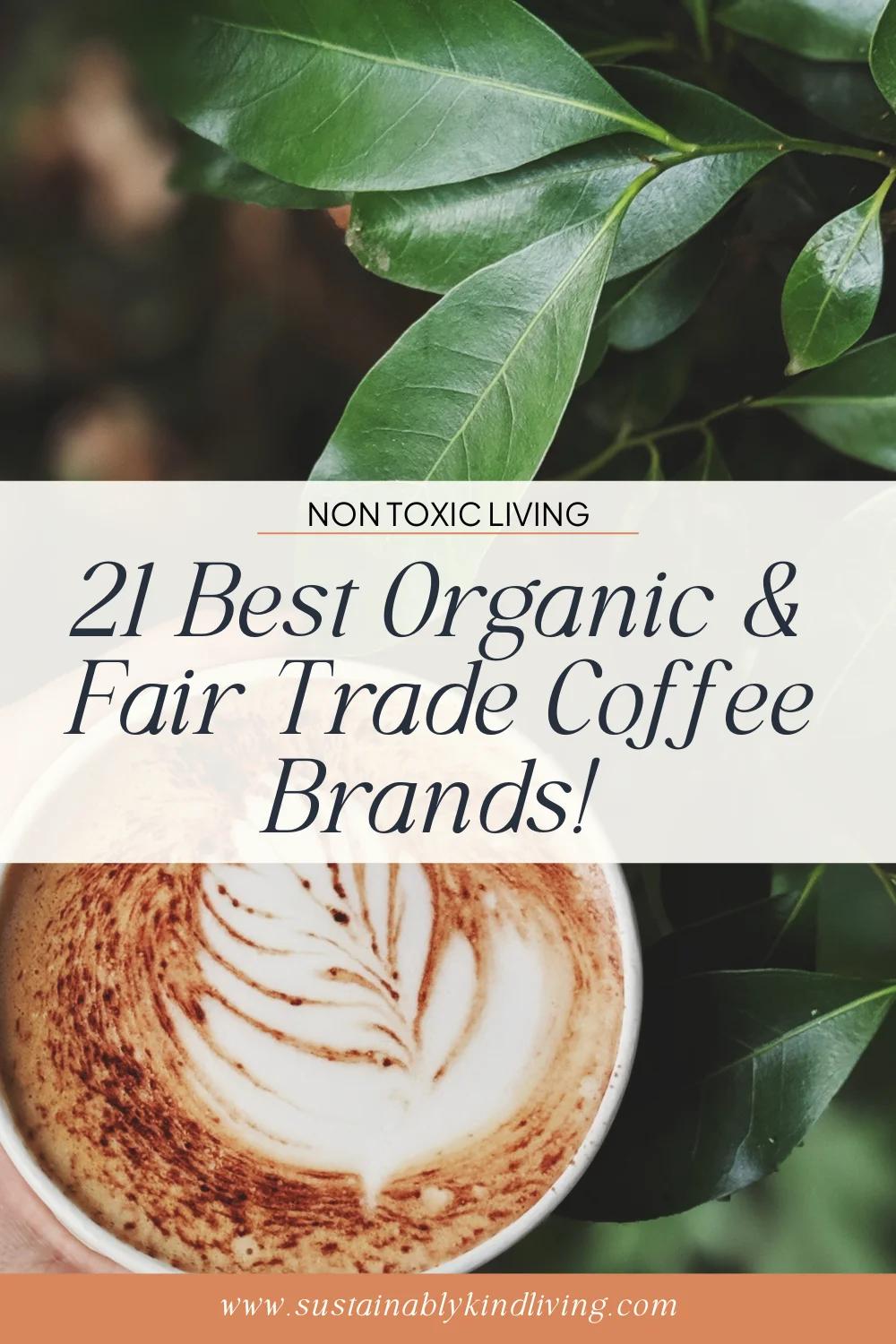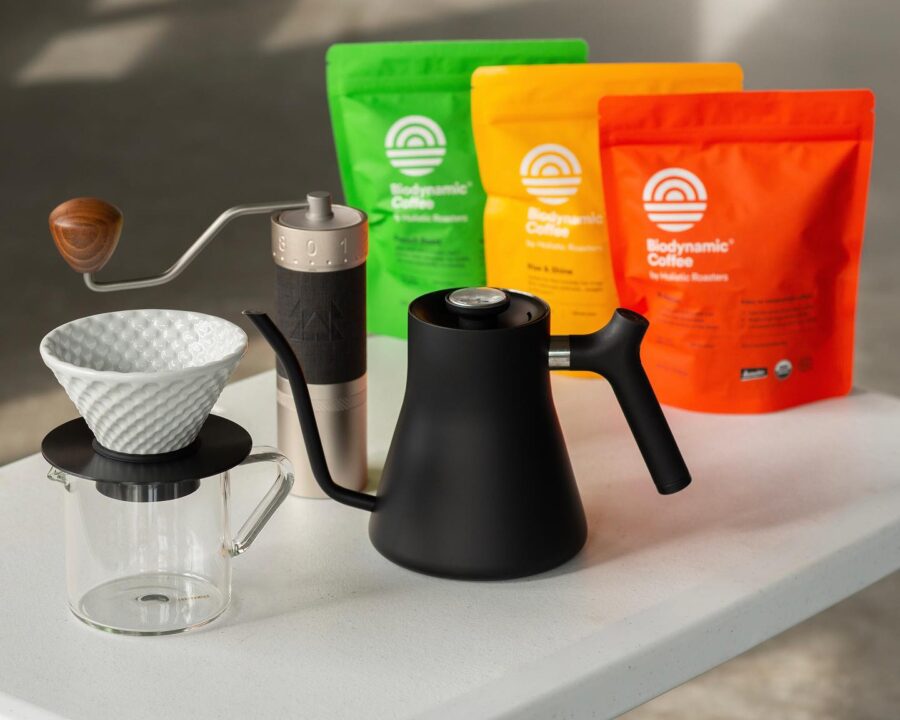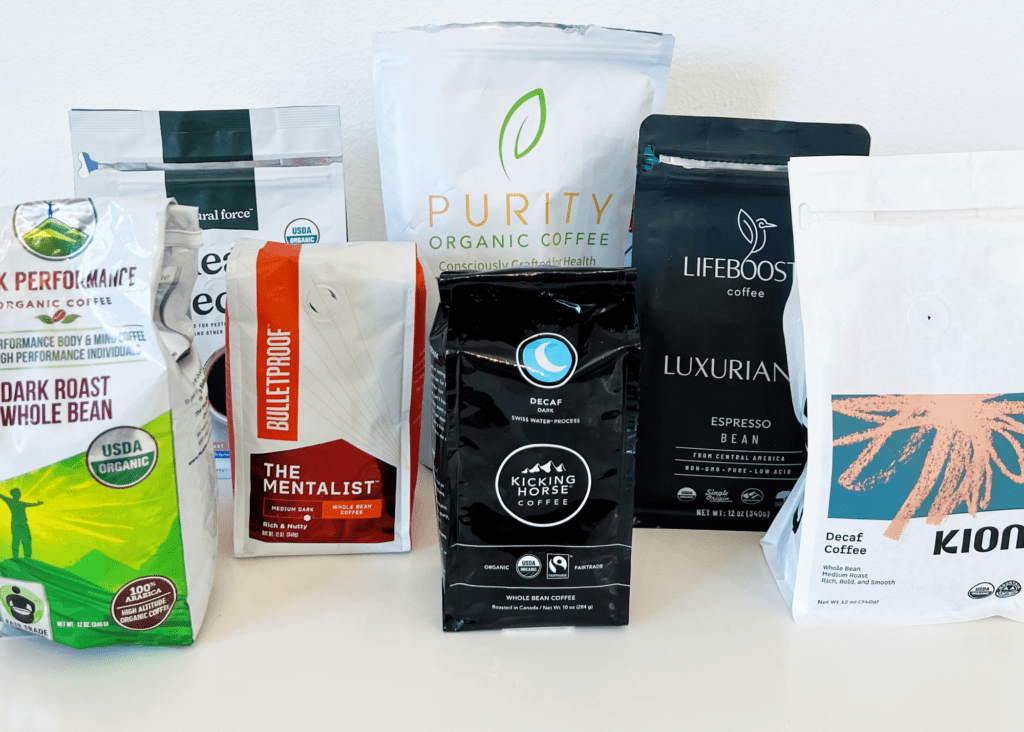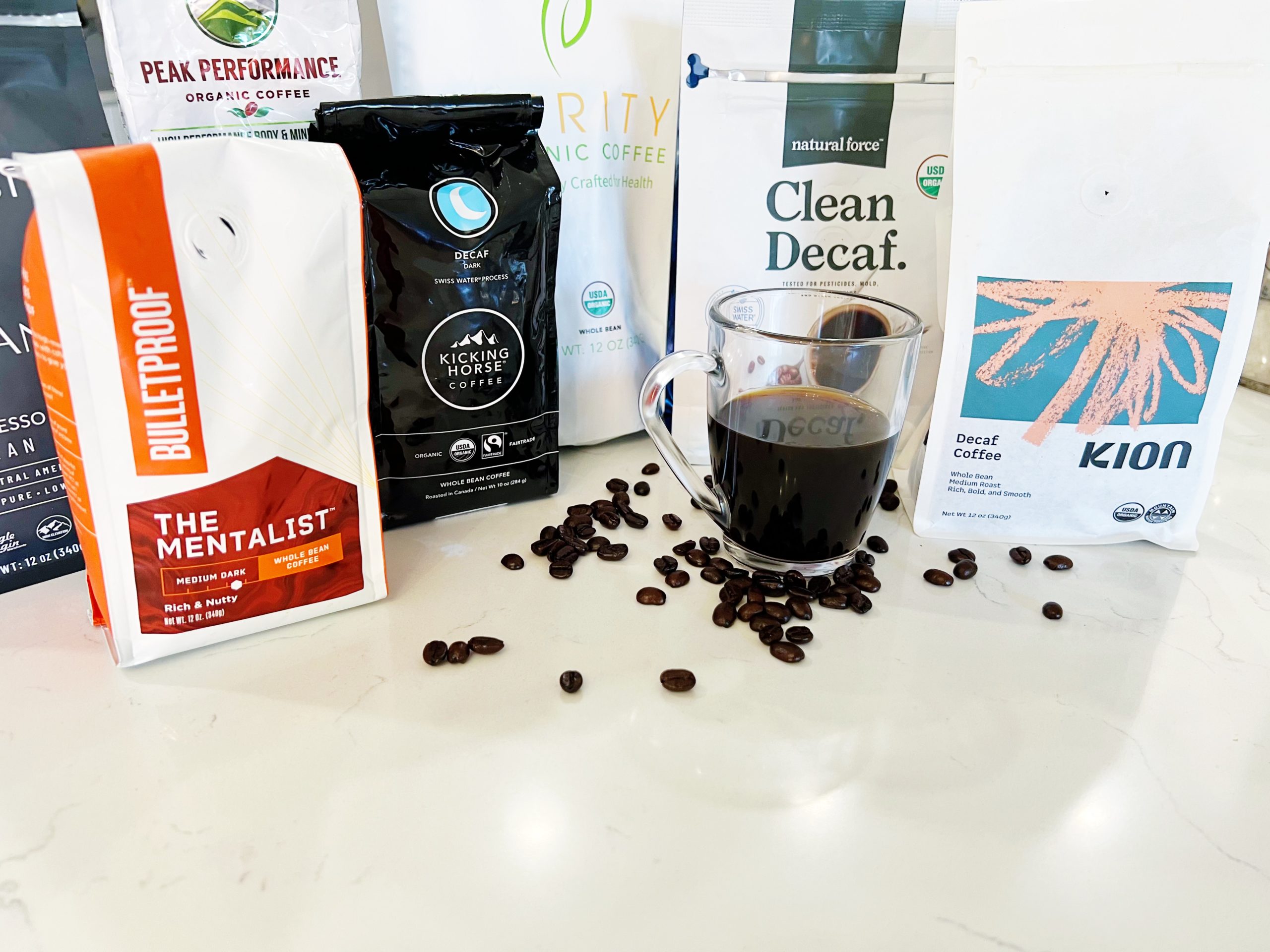What Coffee Brands Test For Mold

The comforting aroma of freshly brewed coffee is a morning ritual for millions, a signal of productivity and pleasure. But beneath the surface of this beloved beverage lies a concern that has consumers questioning the purity of their daily cup: mold contamination. While not all molds are harmful, the presence of certain mycotoxins produced by molds in coffee beans can pose potential health risks, prompting a growing demand for transparency regarding which brands actively test for these contaminants.
This article delves into the often-opaque world of coffee quality control, exploring which coffee brands are committed to testing for mold and mycotoxins, the methods they employ, and the implications for consumer health. It examines the complexities of mold detection in coffee, balancing the scientific evidence with industry practices and consumer perceptions.
The Silent Threat: Molds and Mycotoxins in Coffee
Molds can contaminate coffee beans at various stages, from cultivation and harvesting to storage and processing. The warm, humid conditions often found in coffee-growing regions are ideal breeding grounds for these fungi. Aspergillus and Penicillium are among the most common genera of mold found in coffee.
The real concern arises from the mycotoxins produced by some molds. Aflatoxins and ochratoxin A (OTA) are the most frequently studied mycotoxins in coffee. These toxins are regulated in many countries due to their potential carcinogenic and nephrotoxic effects.
Industry Practices: Who Tests, and How?
The degree to which coffee brands test for mold and mycotoxins varies significantly. Large, multinational corporations often have robust quality control programs that include mycotoxin testing. Smaller, specialty coffee roasters may lack the resources for extensive in-house testing and rely on suppliers to ensure quality.
Nestlé, a global coffee giant, states that it employs comprehensive testing procedures throughout its supply chain to ensure the safety and quality of its coffee. This includes monitoring for mycotoxins like OTA, although specific testing protocols and frequency are not always publicly detailed.
Starbucks, another major player, doesn't explicitly advertise routine mold testing, their commitment to quality control through stringent sourcing and processing practices suggests a level of monitoring. Information about the testing for mold of Starbucks can be acquired through official website.
Several smaller, health-focused coffee brands have emerged, explicitly marketing themselves as mold-free or low-mycotoxin options. These brands often employ independent laboratories to test their beans and publish the results. Purity Coffee and Bulletproof Coffee are examples of brands prioritizing mold testing and transparency.
Testing methods vary, but common techniques include ELISA (Enzyme-Linked Immunosorbent Assay) and HPLC (High-Performance Liquid Chromatography). HPLC is generally considered more accurate and sensitive for detecting a wider range of mycotoxins.
Challenges and Considerations
Detecting mycotoxins in coffee is not without its challenges. The presence of molds does not automatically equate to high mycotoxin levels. Mycotoxin production is influenced by various factors, including temperature, humidity, and storage conditions.
Sampling is another crucial aspect. Mycotoxins may not be uniformly distributed throughout a batch of coffee beans, requiring representative sampling to ensure accurate testing. The cost of testing can also be a barrier for smaller roasters, who may face a trade-off between quality control and affordability.
Consumer Perspectives and Health Implications
Consumer awareness of mycotoxins in coffee is growing, fueled by online information and marketing efforts by health-focused brands. Many consumers are actively seeking out brands that prioritize mold testing and transparency, driven by concerns about potential health effects.
While the health risks associated with low levels of mycotoxins in coffee are still debated, chronic exposure to higher levels can have adverse effects. The European Union and other regulatory bodies have established maximum limits for OTA in coffee to protect public health.
It's important to note that roasting coffee beans can significantly reduce mycotoxin levels. The high temperatures involved in roasting can degrade some mycotoxins, although the extent of degradation varies depending on the specific mycotoxin and roasting conditions.
However, even with roasting, the risk is not entirely eliminated, making preventative measures and proper testing still important.
Moving Forward: Transparency and Informed Choices
The future of coffee quality control hinges on increased transparency and collaboration. Consumers are demanding more information about the safety and purity of their coffee, and brands are responding to this demand in various ways.
Standardized testing protocols and greater data sharing within the industry could improve consistency and accuracy in mycotoxin detection. Certification programs that incorporate mycotoxin testing requirements could also help consumers make informed choices.
Ultimately, the responsibility for ensuring coffee safety lies with producers, roasters, and regulators. By prioritizing quality control and transparency, the coffee industry can address consumer concerns and maintain the integrity of this beloved beverage.


















